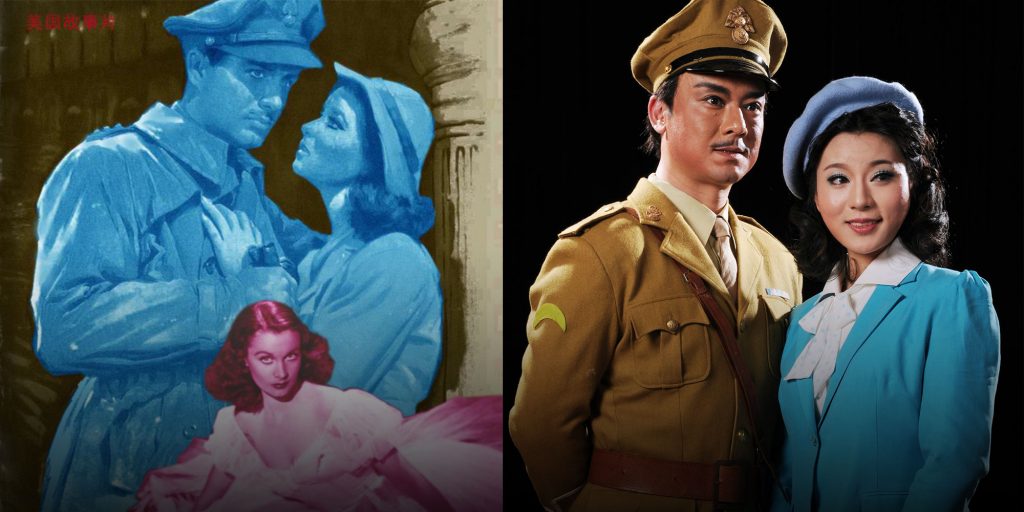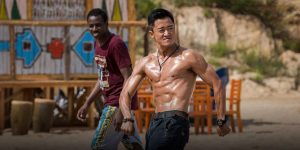What the early days of “huju” tell us about the importance of cultural exchange and openness.

Header image: Left: A Chinese promotional poster for “Waterloo Bridge.” From @JoeyLu陆柏宇 on Douban; Right: A promotional photo for the Shanghai opera version of “Waterloo Bridge,” performed in 2014. From @上海沪剧院 on Weibo
The first half of the 20th century saw an increase in both the quantity and quality of cultural exchanges between China and the U.S. In addition to more well-known examples like the film industry, the impact of these exchanges was also felt in the traditional arts. Perhaps no story illustrates this better than that of the birth of huju, or “Shanghai opera.”
When MGM released its adaptation of the hit Broadway WWI drama “Waterloo Bridge” into American theaters in May 1940, it was generally well-received. When the film hit Chinese screens six months later, it proved a sensation. Part of the film’s success can be attributed to the appeal of its stars: Robert Taylor was a well-known actor, and Vivien Leigh was coming off the smash hit “Gone With the Wind.” But its story about true love amid a world at war also struck a chord with Chinese audiences, and within just a few months of its premiere, “Waterloo Bridge” had been turned into a Shaoxing opera, a Chinese-language film, and Shanghai’s first huju.

A portrait of Wang Yaqin, who played Myra Lester in the 1941 Shanghai opera version of “Waterloo Bridge.” From文化月刊杂志 on Wechat; Right: A screenshot of a 1983 performance shows actors Xu Jun (left) and Mao Shanyu. From Bilibili
Huju evolved from a local opera format known as shenqu, which in turn developed out of village songs and performance techniques native to the Shanghai region. Unlike their better-known counterparts, such as Peking opera and kunqu, local Shanghai opera formats don’t have a particularly long history or rich play repertoire. This has its advantages, however: Their late emergence makes them uniquely suited for telling stories about modern metropolitan life. Indeed, shenqu operas quickly became known for their use of suits and skintight qipao dresses instead of traditional opera costumes.
Over the course of the early 20th century, as shenqu gradually evolved to better reflect the lives and tastes of Shanghai’s residents, its playwrights and directors absorbed stories, techniques, aesthetics, and other elements from film and other popular media. In the process, they transformed what had once been a rural art form into something new and cosmopolitan. Continue to read the full article here.
– This article originally appeared on Sixth Tone.





